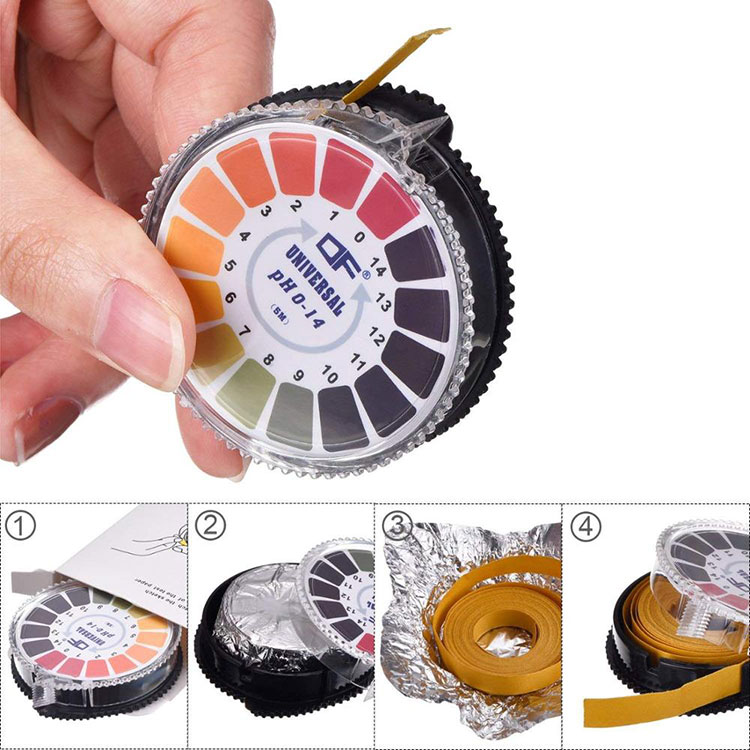Key Points about Universal PH Test Paper
2024-06-25
Universal pH test paper is a versatile tool used to measure the pH (acidity or alkalinity) of liquids. Here are some key points about universal pH test paper:
1. Composition: pH test paper is typically made from absorbent paper that has been treated with a pH indicator dye. This dye changes color in response to changes in pH.
2. pH Range: Universal pH test paper covers a wide pH range, usually from pH 1 to pH 14. Different brands or types of pH test paper may have slightly varying pH ranges.
3. Color Indication: When dipped into a liquid, the pH test paper changes color based on the pH of the liquid. The color change corresponds to specific pH values according to a color chart provided by the manufacturer.
4. Accuracy: While pH test paper provides a quick and approximate measurement of pH, it may not be as precise as digital pH meters or laboratory-grade pH indicators. However, it is sufficient for many applications where a rough pH estimate is needed.
5. Applications:
- Education: pH test paper is commonly used in educational settings to teach students about pH and acids/bases.
- Household Use: It can be used at home to test the pH of water, aquariums, soil (for gardening), and various household liquids.
- Industrial and Laboratory Use: It finds applications in laboratories, quality control processes, and industrial settings for quick pH checks.
6. Ease of Use: pH test paper is easy to use—simply dip the paper into the liquid being tested, wait for a few seconds, and then compare the color of the paper to the color chart provided with the packaging.
7. Storage: Store pH test paper in a cool, dry place and away from moisture to maintain its effectiveness. Proper storage helps preserve the accuracy of the pH readings.
8. Variants: There are different types of pH test papers available, including narrow-range papers for specific pH ranges or special applications.
When using universal pH test paper, follow the manufacturer's instructions and ensure the paper is suitable for the pH range you are testing. Regular calibration or verification against known pH standards can help maintain accuracy over time.



